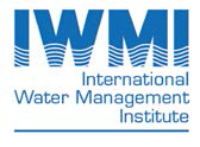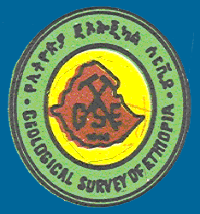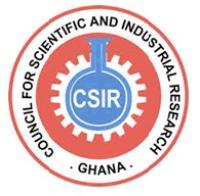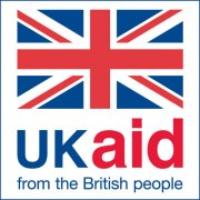Background
There is abundant groundwater in Africa; more than 100 times the annual renewable freshwater resource and 20 times the amount of freshwater stored in lakes (MacDonald et al., 2012), but its productive use in sub-Saharan Africa (SSA) remains low. Globally, abstraction of groundwater increased tenfold between 1950 and 2000 and contributed significantly to growth in irrigation, particularly in Asia. The global area equipped for irrigation has been estimated (Siebert et al, 2010) as 301 Mha of which around 115 Mha depends on groundwater. However, for SSA only around one million hectares receives groundwater irrigation and most of this represents ‘garden-scale’ production (Giordano, 2006).
Rapid expansion of groundwater irrigation may be about to occur in SSA, as it has in Asia, where the groundwater revolution can be explained by a number of favourable characteristics:
• groundwater irrigation can be developed quickly by individuals or small groups of farmers;
• the capital cost per hectare is much lower than in the case of canal irrigation;
• groundwater offers greater flexibility of supply and irrigation on demand.
The same advantages apply in SSA and rapid expansion of small scale groundwater irrigation is equally possible – particularly in areas where groundwater is easily accessible (depth less than 25m) – provided that constraints due to availability of appropriate well-drilling and water-lifting technologies can be overcome.
A recent review of groundwater conditions in 15 SSA countries concluded that “Quantitative information on aquifer characteristics, groundwater recharge rates, flow regimes, quality controls and use is still rather patchy” (Pavelic et al., 2012). There is widespread use of shallow groundwater for domestic supply in most SSA countries, and indigenous knowledge generally exists on the seasonal performance of wells during typical and drought years. However, this knowledge is localised, qualitative and unrecorded. In contrast, there is increasing availability of relevant global remote sensing data including topography, land cover and climate products providing broad scale information that can be used to estimate resource availability, but these have variable accuracy in different climatic zones and their use for resource assessments often relies on bias correction using ground-based monitoring data. There is a need to investigate the complementary use of these sources of information to provide more reliable local resource assessments, and to use these to develop appropriate hydrological models to support adaptive local management of shallow groundwater resources for multiple uses, and specifically for dry season irrigation.
Although evidence from Asia (Molden, 2007) suggests that groundwater irrigation promotes greater inter-personal, inter-gender, inter-class and spatial equity than is found under large scale canal irrigation, there is a risk that rapid development of groundwater resources in SSA will lead to inequitable resource use (Sokile & van Koppen, 2004). There is a need for appropriate social and governance systems to support resource management to achieve sustainable development and to assure equitable access to the resource by poor people. This requires better (gender disaggregated) understanding of how individuals and communities value groundwater and make decisions regarding its use. Interventions to promote development of groundwater resources must be based on knowledge of factors influencing behaviour of different stakeholders.
References:
Giordano M (2006) Agricultural groundwater use and rural livelihoods in sub-Saharan Africa: a first-cut assessment. Hydrogeology Journal 14: 310-318.
MacDonald AM, Bonsor HC, O’Dochartaigh BE and Taylor RG (2012) Quantitative maps of groundwater resources in Africa. Environ. Res. Lett. 7 024009.
Molden D (2007) Water for Food, Water for Life: a comprehensive assessment of water management in agriculture. London: Earthscan.
Pavelic, P, Giordano, M, Keraita, B, Ramesh, V and Rao, T (Eds.) (2012). Groundwater availability and use in sub-Saharan Africa: A review of 15 countries. Chapter 17, Synthesis and Conclusions. (eds. T. Rao, and P. Pavelic). Colombo, Sri Lanka: International Water Management Institute (IWMI). Doi: 10.5337/2012.213.
Siebert S, Burke J, Faures J, Frenken K, Hoogeveen J, Doll P, Portmann F. (2010) Groundwater use for irrigation – a global inventory. Hydrology and Earth System Sciences 14, 1863–1880.
Sokile, CS, van Koppen, B (2004) Local water rights and local water user entities: The unsung heroines of water resource management in Tanzania. Physics and Chemistry of the Earth Volume 29, Issue 15-18, 1349-1356.





